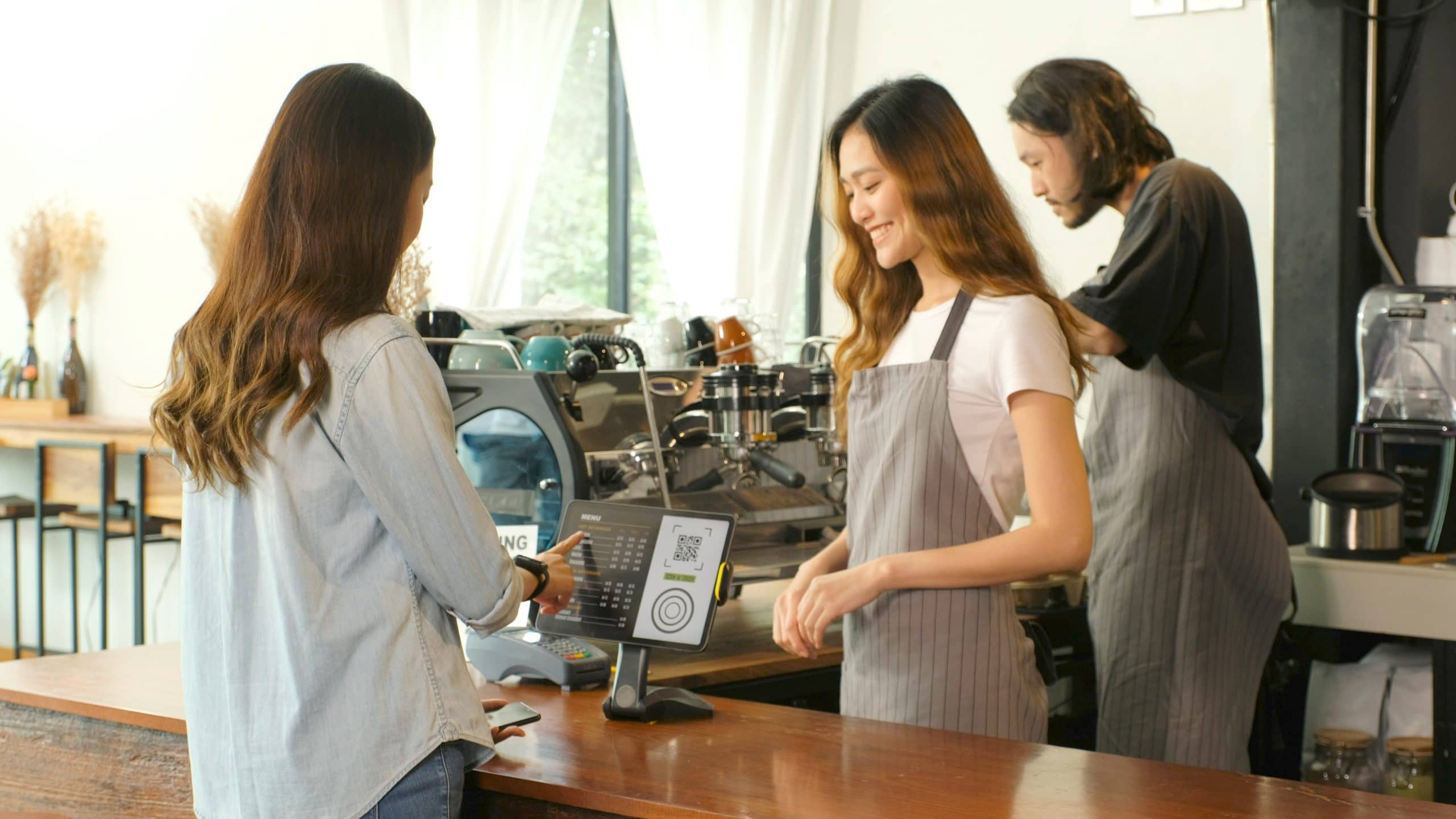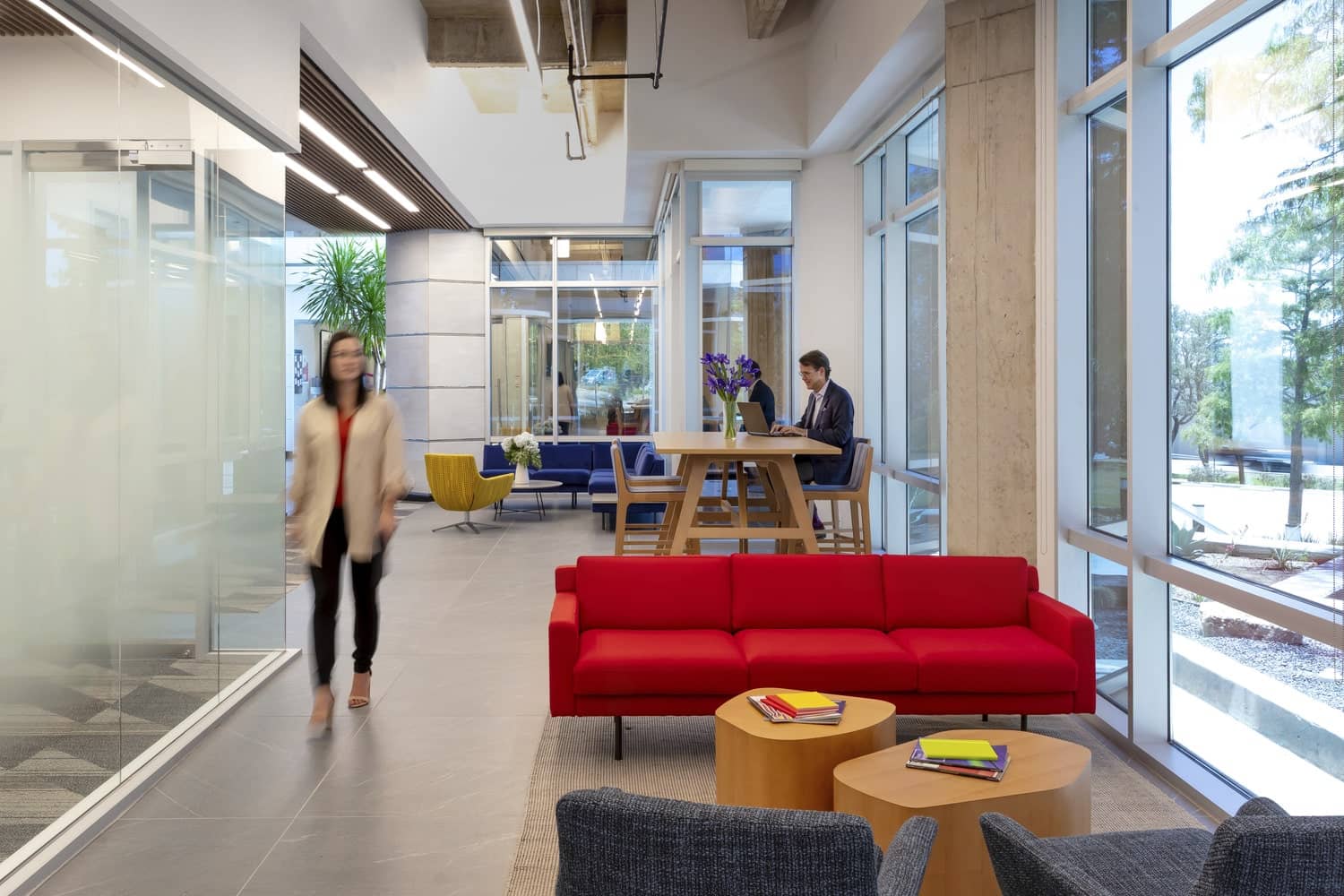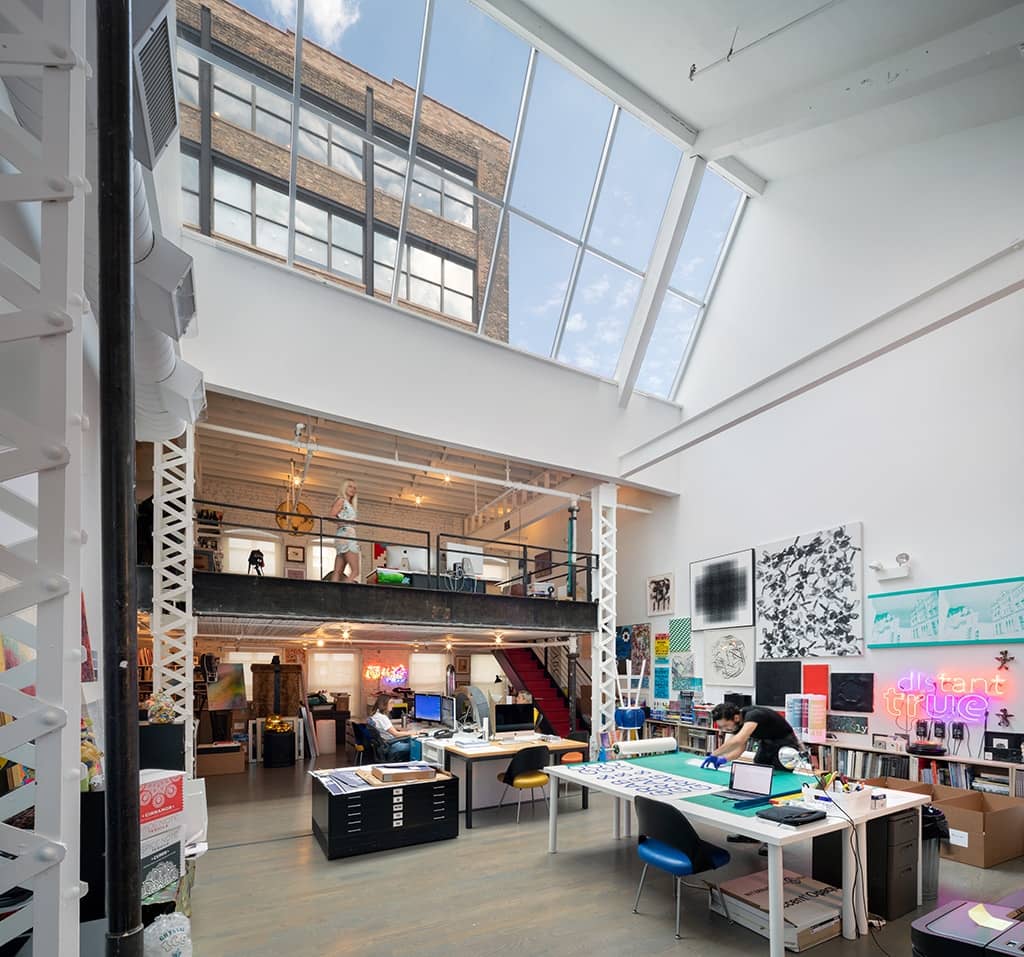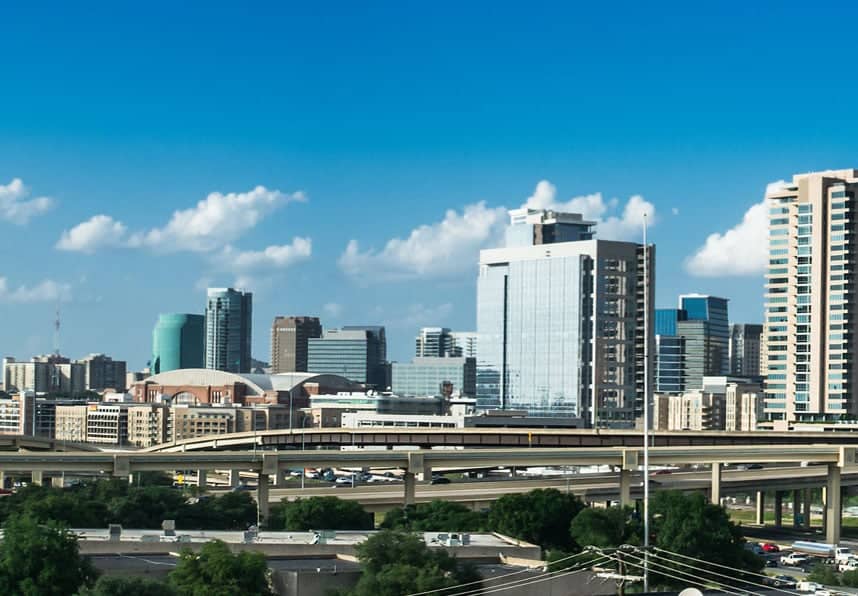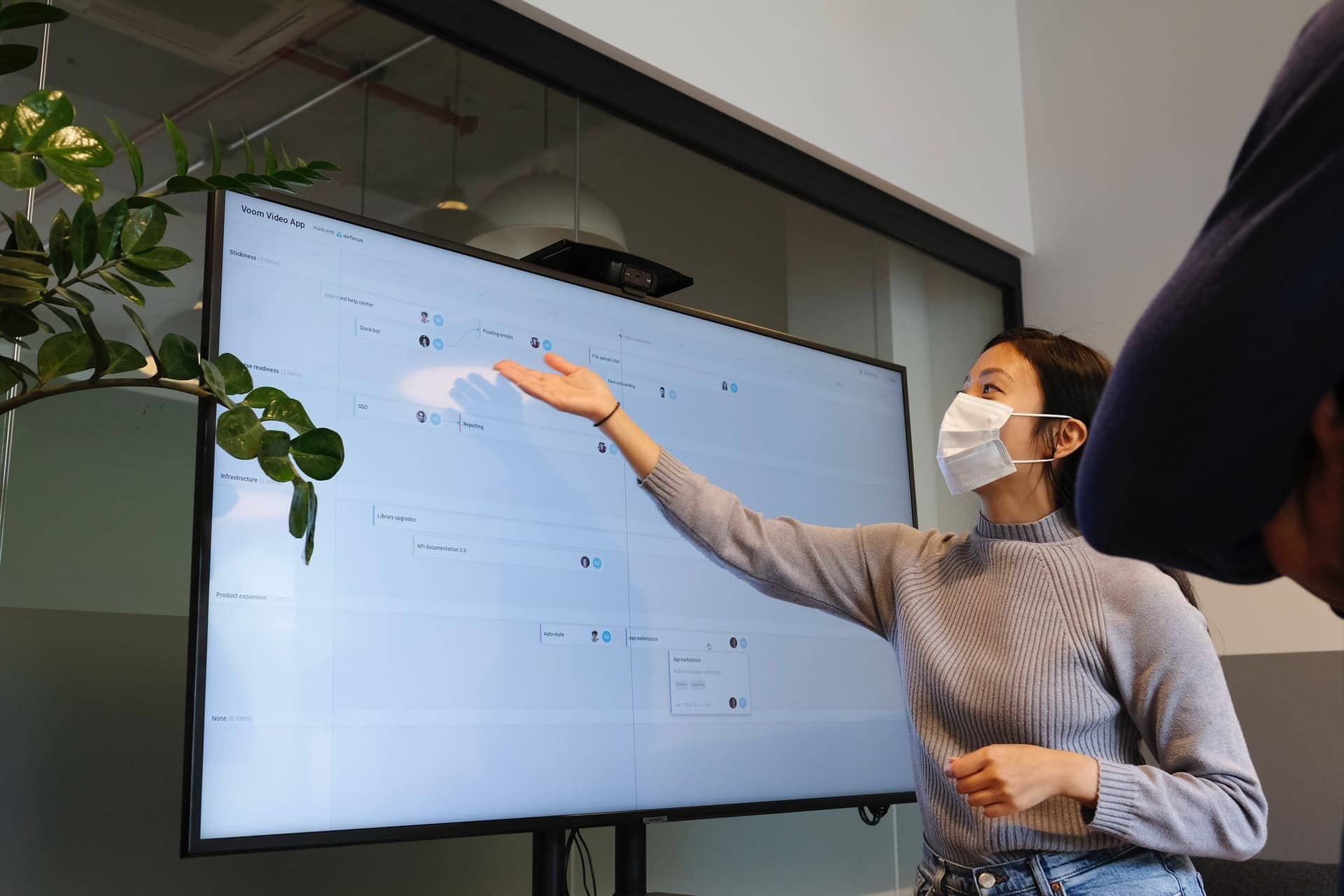It’s widely understood that digital channels have kept retail brands afloat during the recent pandemic crisis, but as the consumer world returns to normal, or rather, the “new normal,” much of the focus is on where the industry goes from here. In the midst of yet another big transition for the sector and evolving retail industry trends, many foresee the emergence of a new retail format known as “phygital.”
Phygital is a compound word used to describe the melding of physical and digital experiences. Phygital defines the intersection between the cyber and real world, shaping marketing strategies and shopping experiences. But it’s not just about balancing the so-called bricks and clicks sides of retail; rather, it’s a mix to max out customer experiences by enhancing individuals’ emotions with humanization methods. Phygital makes use of technology to create a digital experience that’s user-friendly and seamless for the customer.
First off, what is phygital exactly? Perhaps it’s easier to say what it’s not. For starters, phygital is not a new idea, according to Dr. Wided Batat, a professor of experiential marketing. Nor is it an IT strategy.
“I believe that phygital goes beyond omnichannel, cross-channel, and multichannel strategies and combines all of these with other elements to offer holistic customer experiences that allow them to feel enchanted and emotionally engaged, Dr. Wided Batat wrote in Inc.”
Although the term “phygital” gained familiarity during COVID-19 when the public urgently needed connectivity in a suddenly disconnected and socially distant world, the concept derives from serving consumers’ universal needs, not only in shopping, but also education, healthcare, fitness, cooking and more.
“An organization doesn’t wake up one day and be phygital,” cautions Paul Prior, Forbes Council Member and award-winning digital strategist, in Forbes. “It (phygital) is a strategy that requires constant evaluation, improvement and response to the market. There’s a time where digital will be as ubiquitous as electricity; until that day, this requires consistent investment.”
Beyond Functional
Think about it — why might you forget a lunch from last week but remember every detail from your vacation last year? That’s because the latter engages you more on both emotional and functional levels. It’s the same with phygital, which moves beyond the logical and transactional to the social and emotional components. A customer-centric, all-encompassing approach that can be used in communication, marketing, branding, advertising, product innovation, pricing, etc., it connects not only physically and digitally, but also logically and emotionally.
Batat asserts that phygital uses “a combination of both physical elements and digital devices, platforms, technologies, extended realities, online platforms, etc., to offer unique interactive experiences that should integrate a continuum in terms of functional (efficiency, economic) and symbolic (emotion, ideology, social) values that customers experience from digital to physical and vice versa.” Enhanced customer engagement is paramount and phygital helps maximize that through the use of the five senses.
Let’s Get Physical (Again)
Did you know that 87 percent of consumer sales happened on site within brick-and-mortar stores in the third quarter 2021? That statistic from the U.S. Department of Commerce’s retail sales report shows the resiliency of retail’s physical presence. It not only means that consumers were more willing to return to stores this past year, it also underscores the importance of retailers’ marketing efforts to attract and effectively engage visitors, including increasing the phygital approach.
The 2021 holiday season is a relevant and revealing case study, considering that consumer spending historically makes up about 70 percent of gross domestic product with a fifth of all retail sales occurring in the year’s last two months, according to the National Retail Federation. Not only did in-store holiday sales increase 8.1 percent compared to 2020, they were up 2.4 percent over the pre-pandemic 2019 holiday period, according to Mastercard’s “SpendingPulse” report, which tracks in-store and online retail sales (excluding automotive) across all forms of payment. E-commerce holiday sales increased 11 percent year-over-year and a massive 61.4 percent compared to 2019.
Communicate & Collaborate
Retailers definitely leaned into e-commerce and digital marketing to survive the pandemic. There’s more good news though. According to a Shopify study, demand for physical stores increased among digitally native brands post-pandemic. Digital channels help retain physical store customers, and physical spaces keep digital customers engaged. With that kind of balance, it’s almost like there is no such thing as out of sight, out of mind.
“A lot of retailers open their stores because they love . . . what they’re selling,” said Nicole Leinbach Reyhle, the founder of Retail Minded and co-founder of the Independent Retailer Conference, to James Cook, the director of retail research in the Americas for JLL. “But at the end of the day, the operations and the business need to be fueled. That path to purchase will only happen if you nurture all of the touchpoints of the business.”
An example of this involved Nike, the world’s largest supplier and manufacturer of athletic shoes, apparel, and other sports equipment. It’s not hard to imagine how difficult it is to grab the attention of longtime exercise gearheads toward a digital channel. After all, there’s no substitute for trying on footwear, right? Yet the Nike By You platform has enabled the personalization and design of shoes and other products in the store or online. Customers get immediate, unique style with an extra level of engagement.
That elevated level of engagement can also be achieved with strategic brand collaborations. When brands collaborate and communicate logically and consistently around their values, the continuum across the different channels will be enhanced.
Retailers must comprehend the “contextualized usages” of technology by consumers and create connected experiences that attract brick-and-mortar volume by focusing on the harmony and clarity between channels, Batat added. The right phygital approach will boost that synergy.
From the Great Recession to the rise of e-commerce and through the COVID-19 pandemic, retailers have been forced to adapt or die. The common theme throughout is doing more innovating across channels (and social distance) and stimulating all the customer’s senses. Phygital is the best of both worlds and retail’s best foot forward.
Learn more about commercial real estate and the future of retail here or visit KBS.com/Insights.
